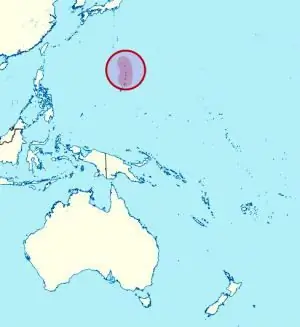- Author Harold Hamphrey [email protected].
- Public 2023-12-17 10:06.
- Last modified 2025-01-24 11:10.
In the north-east of Great Britain - between the North and the Norwegian Sea - are the Shetland Islands. They are a fairly large archipelago. To date, they include more than a hundred islets of various shapes and sizes, of which only twelve are inhabited. In its form, this archipelago bears a striking resemblance to Orkney, but, unlike it, is located at a further distance from Great Britain. Mainland is considered the most important and largest island, and Lerwick is the administrative center.
Climatic conditions

The Shetland Islands are surrounded by the warm Arctic Ocean. That is why the subarctic maritime temperate climate prevails here. The water temperature in early spring is about 5 degrees, in summer - no more than fifteen. In winter, the air rarely cools below 0. In summer, it is comfortable and easy here, since the temperature does not rise above 20 degrees. In general, the climate is quite humid, with precipitation typically falling on more than 200 days a year. From April to August, the driest period begins, it is at this time that daylight hours last 23 hours a day. In winter - no more than four. In the summer, heavy fogs are not uncommon, but there is practically no snow here. If, nevertheless, it falls out, then it does not linger on the surface of the earth for more than one day.
Landscape
These picturesque British islands are cut by deep gorges reminiscent of the Norwegian fjords. Their relief is dominated by plateaus and hilly plains. Since strong winds constantly blow from the ocean, there are practically no trees on land. The landscape is made up of pastures with low and rather stiff grass, hills.
Attractions

The Shetland Islands attract many tourists with the original Jarlshof, located near Sumburgh. This ancient settlement arose in the distant Bronze Age. Jarlshof is the most studied prehistoric site and the most important archaeological heritage of Great Britain. Art connoisseurs simply must visit the Mainland art galleries and the museum in Lerwick, and fans of natural beauties - in unique reserves.
Plant and animal life
The Shetland Islands are located next to the warm Gulf Stream, which brings a huge amount of nutrients and plankton to the shores. They feed on small fish - the favorite food of birds. That is why a huge number of birds live on the islands. On the high cliffs that stretch along the coast, you can see arctic birds: skuas and puffins. The South Shetland Islands are a favorite habitat for seals. From mammals here you can see dolphins,whales, porpoises. Hares, hedgehogs and rabbits were brought to the islands by man. But the otter, which feels quite comfortable both in water and on land, is the original inhabitant of these places.

Shetland is full of vegetation and flowers. On the slopes of streams one can see small birches, alders, willows and low shrubs. Coniferous trees found on land have usually been artificially planted to beautify the landscape.
How to get there
From the airport in Aberdeen in a fairly short time you can reach the Shetland archipelago. The only way to get from Orkney is by ferry.






